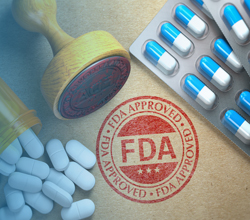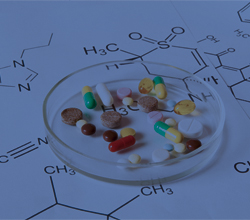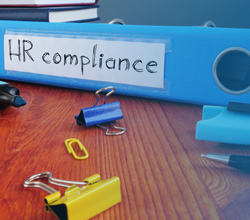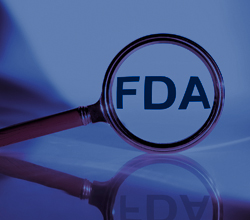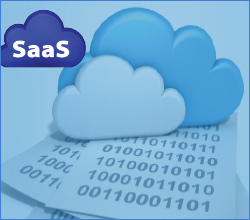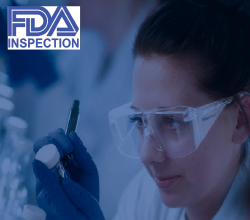
Challenges of an Effective Change Control Program
 Kenneth Christie
Kenneth Christie

Product Id: 704638
This training program will provide attendees with a better understanding of current Quality System Regulations (QSR) require companies to maintain qualified equipment, utilities and facilities in a state of control. When changes are made to these items, the change must be documented, explained as to what will be done and the items that may be impacted. This webinar will also highlight what is expected, what to include in procedures and address the challenges faced by industry in trying to establish an effective and manageable program.

Basic Requirements for IQ, OQ and PQ Protocols
 Kenneth Christie
Kenneth Christie

Product Id: 704591
This training program will provide an outline of the typical protocols used for documentation of qualification activities, the type of information normally included in each and the common deficiencies cited when audited. It will highlight the importance of establishing specifications for all test challenges, proper documentation with regards to results obtained, how to address deviations encountered and how best to summarize results obtained.

The New Part 11 Inspections: Requirements for Validation and SaaS/Cloud Applications
 David Nettleton
David Nettleton

Product Id: 704734
This training program will identify data and systems subject to Part 11 and Annex 11. It will also decode what the regulations mean and illustrate the current computer system industry standards for security, data transfer, and audit trails.

21 CFR Part 11 and Annex 11 Compliance - Specifics Needed to Eliminate 483s
 David Nettleton
David Nettleton

Product Id: 704533
This 21 CFR Part 11 compliance training will guide you through the requirements of Part 11 and will also explain its 3 primary areas: SOPs, product features and validation (10 step risk based approach).

Current Regulatory Requirements for Aseptically Produced Products
 Kenneth Christie
Kenneth Christie

Product Id: 704791
The manufacture of sterile products and the risk they represent to the public is always on the fore front of inspectors during regulatory audits. As a result, the manufacture of sterile products require a high degree of control of incoming materials, the manufacturing process and the control of personnel to name a few. A weakness in any of these items can jeopardize the sterility assurance of the final product. This training program will highlight and summarize the following main components relating to current validation requirements for sterile products and include the following; review of the current regulations and guidance documents, the typical expectations when aseptic processing is involved, the expectations for protocols used to document the qualification of associated equipment, utilities and processes, and recently cited regulatory deficiencies.

